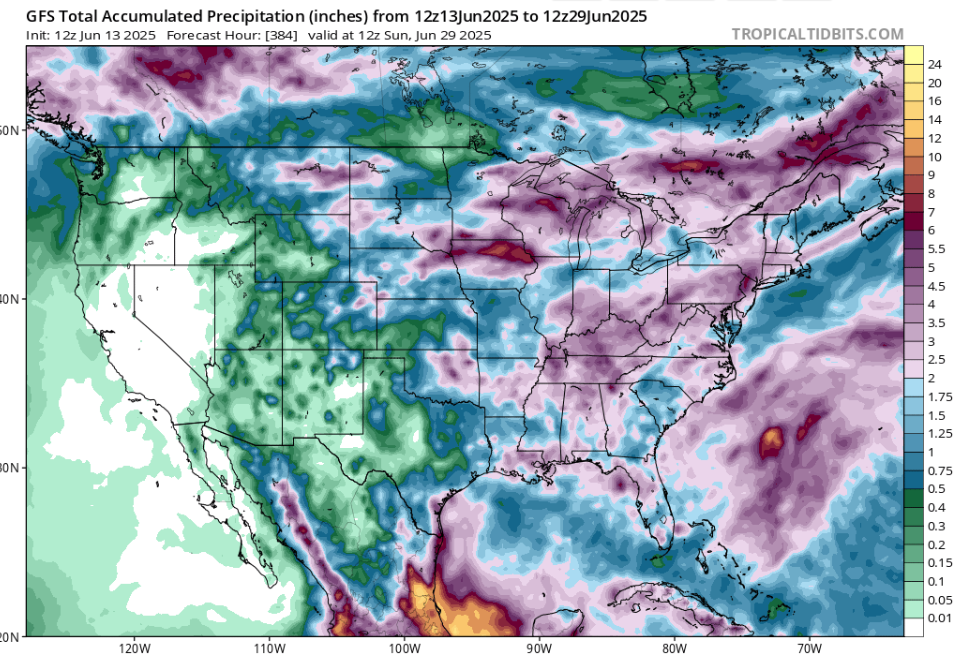
Stormy East, Hot West: The U.S. Weather Forecast
As we move deeper into the week, the United States faces a stark contrast in weather patterns with stormy conditions dominating the East and intense heat gripping the West.
Eastern U.S.: Stormy and Unsettled
A series of strong low-pressure systems will sweep across the Eastern states, bringing widespread showers, thunderstorms, and localized flooding risks. The Northeast and Mid-Atlantic regions can expect frequent heavy downpours, with some areas under severe thunderstorm watches due to potential damaging winds and hail. Coastal areas may see gusty winds and rough surf conditions.
The Southeast won’t be spared either, as tropical moisture feeds into the region, increasing humidity and fueling scattered thunderstorms. Residents should prepare for sudden storms and possible flash flooding, especially in urban areas.
Western U.S.: Intensifying Heatwave
Meanwhile, the Western states continue to endure a significant heatwave, with temperatures soaring well above normal. California, Nevada, Arizona, and parts of the Pacific Northwest are forecast to experience highs in the upper 90s to well over 110°F (35-43°C) in some inhabited areas.
This prolonged heat increases the risk of wildfires, drought stress on vegetation, and health hazards such as heat exhaustion. Authorities urge residents to stay hydrated, avoid strenuous outdoor activity during peak heat hours, and monitor local fire warnings.
Central U.S.: Transition Zone
The central part of the country will be the transition zone between these contrasting systems. Expect variable weather with occasional thunderstorms and warm temperatures. Some areas may experience brief severe weather episodes, but nothing as intense as in the East or extreme as the West’s heat.
Summary
- East: Stormy with thunderstorms, heavy rain, and flood risks.
- West: Heatwave with dangerously high temperatures and wildfire concerns.
- Central: Mixed weather, occasional storms, warm.
Residents across the country should stay updated with local weather alerts as conditions evolve rapidly, especially in regions facing severe storms or extreme heat.




























